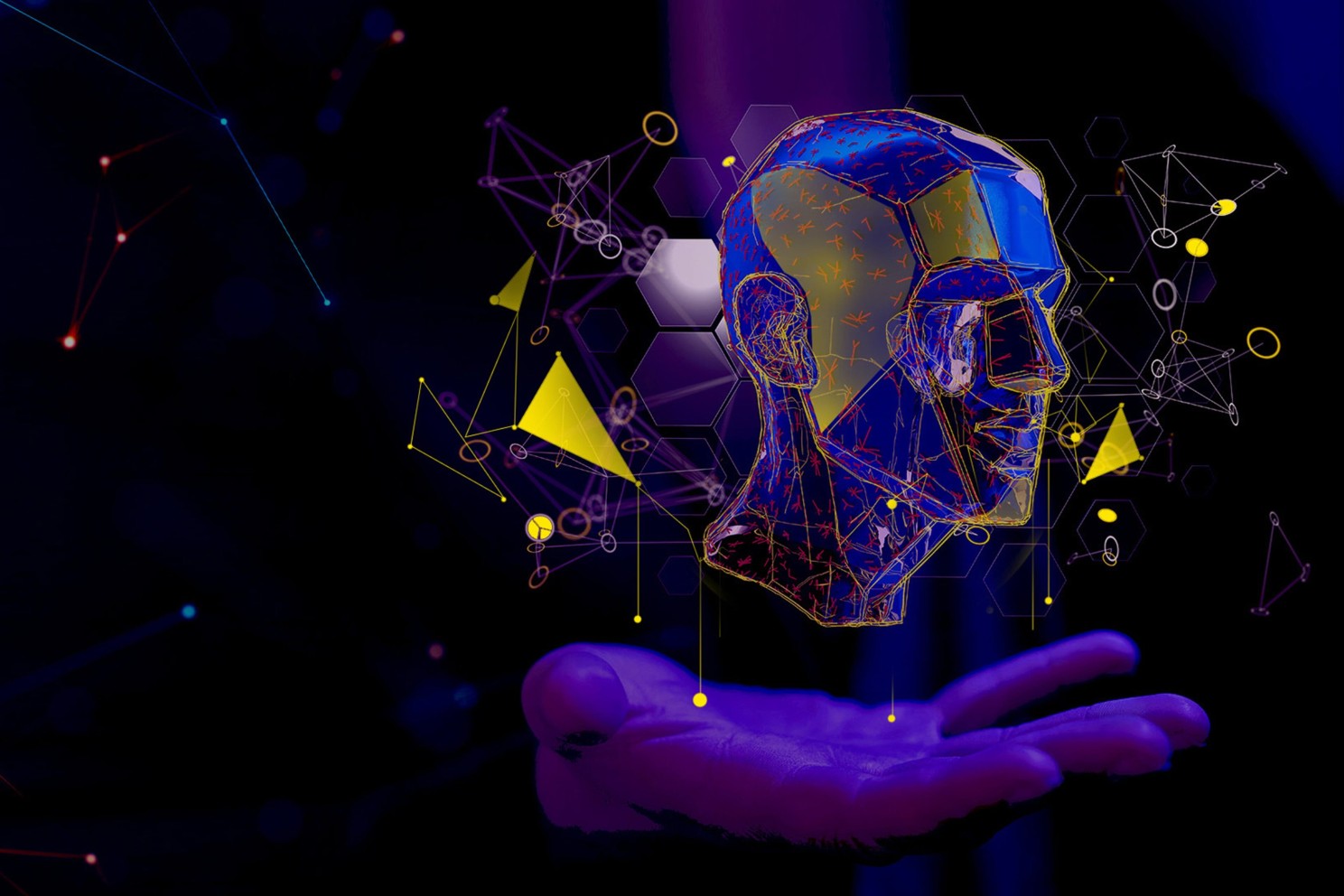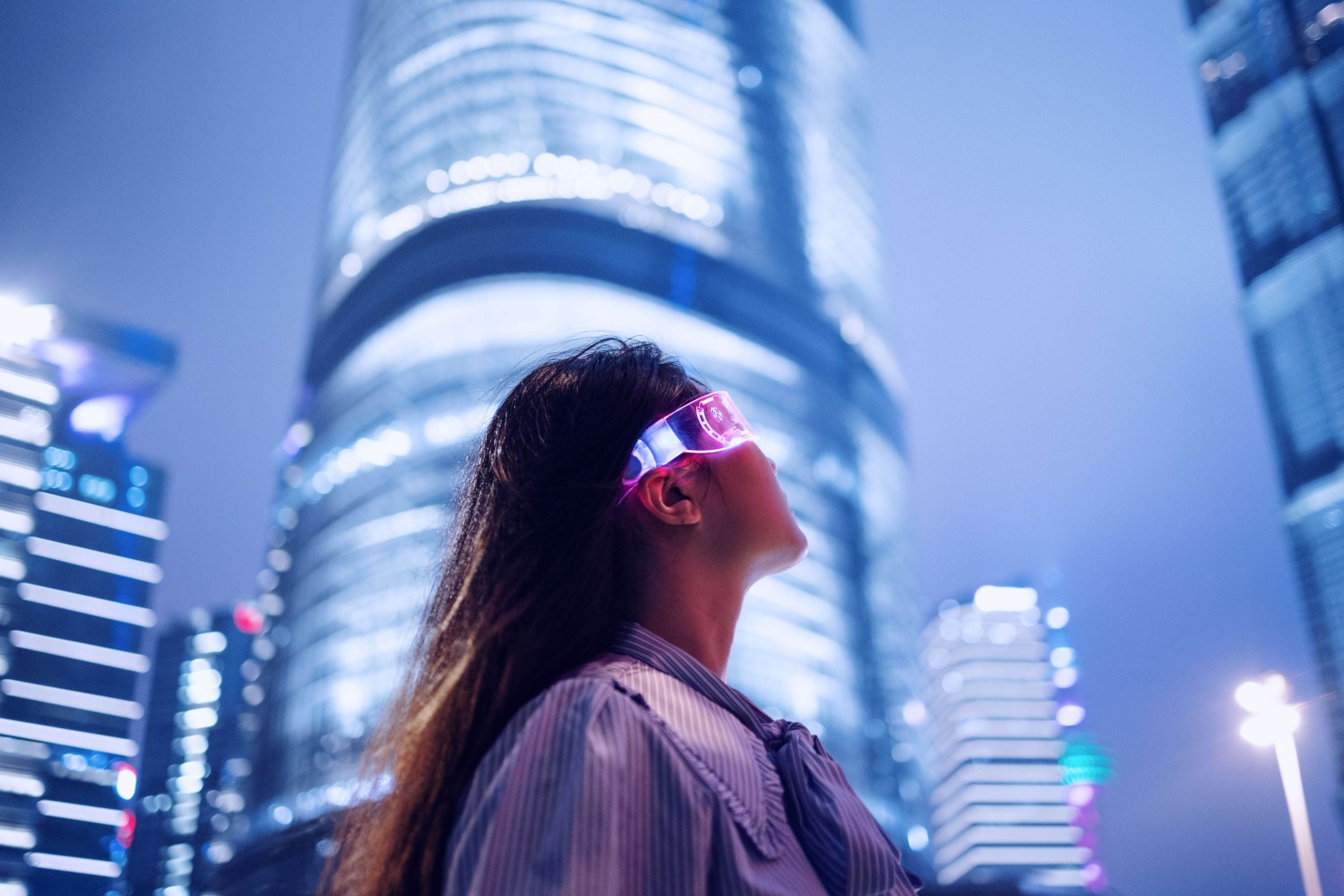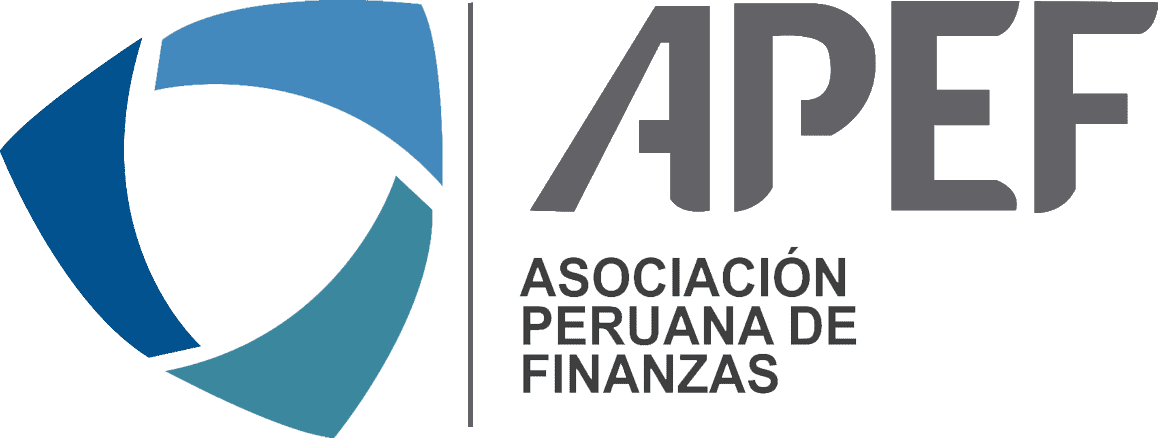5 AI must reads for the weekend
We keep our ear to the ground for the interesting stats, insights and discussion points you need to feel in the know.
The magnetic strength of your personal brand

Not all careers are linear. Take Jim Walsh for example; Chief Marketing Officer and Sales Execution Advisor in Residence at the EY Center for Executive Leadership. From scaling telephone poles to becoming a Fortune 100 company chief marketing officer, Jim’s career spans a diverse mixture of exciting experiences. The thread that links them all together? His personal brand. At a recent EY Center for Executive Leadership roundtable, Jim emphasized that the breadth of the roles offered to him were a direct result of his personal brand – the unique experiences, skills and values that differentiated him from others – and not necessarily his level of experience at the time. On top of that, the art of building great teams was a pivotal concept to learn when changing career. Drawing on a sports analogy about how he liked to round out his teams, Jim preferred to focus on hiring the best overall athlete – as opposed to the one ideal for playing a single position. In other words, hire a great athlete and coach them to play the position you need filled.
How expanding a personal brand can change the course of a career
The retail shrink crisis

In 2022, retail shrinkage – the industry term for inventory loss attributed to theft and shoplifting, damage or errors – resulted in profit losses exceeding a staggering $100 billion. Once simply considered a cost of doing business, shrinkage has become a key factor contributing to margin erosion and poor earnings performance in retail. Unsurprisingly there has been an increase in customer theft and shoplifting, attributed to rising consumer financial hardship. But the shrink’s origins extend far beyond shoplifting. Shrink encompasses all types of loss during the conversion of inventory to cash; it occurs up and down the value chain – from freight to distribution to store – and from multiple, trusted stakeholders, including employees, customers and third parties. Given this broad definition, the best way for retailers to tackle shrinkage is to identify where and how exactly it occurs. The closer they get to diagnosing the root cause, the more precise and targeted the mitigation.
From stockroom to boardroom: combating the $100 billion retail shrink crisis
Move over AI, there’s a new kid on the block

2022 was the year of the metaverse. 2023 was the year of generative AI. 2024 will be the year of… digital twins? Away from the limelight, ‘digital twins’ has matured as a technology and use cases are going up across multiple industries. So much so that the global digital twin market, valued at nearly US$9 billion in 2022, is projected to reach US$137.67 billion by 2030. But hold on, what is a digital twin? A digital twin is like having a super-detailed virtual copy of something in the real world. This could be a copy of an entire city, a human heart or a jet engine; all of these are genuine use cases. It’s essentially the perfect testing environment to experiment in, before implementing something in the real world. When combined with other powerful giants like generative AI and Internet of Things (IoT), digital twins are poised to reshape industries. Here’s how organizations should prepare…
Tech Trend 04: Digital twins: Creating intelligent industries
Why copper is shining bright

Copper is becoming the most critical commodity in the metal basket. Electric vehicles (EVs) and renewable energy continue to be the dominant drivers for new growth, while traditional demand – for use in electrical wiring and motors – continues to pace up in developing nations. In fact, copper is crucial to the energy transition. For example, an EV requires more than three times the amount of copper used in an internal combustion engine, while buses require at least ten timesas much. But this surging demand comes at a time where there are supply constraints, regulatory uncertainty and concern over the environmental impact of mining activities. Electricity and diesel fuel remain two major sources of operational emissions for miners, accounting for an average of 32% and 25% of emissions, respectively. Here’s how copper miners can remain competitive…
How copper miners can remain competitive amid transition towards the greener economy
Integrating AI into forensics

Typically when there is suspicion of misconduct or a crime, confidential documents need to be analyzed. Until now this process has involved a heavy human workload, with multiple reviewers spending many hours on the task. You’ve guessed it, AI could drastically speed up this process. But we must tread carefully. Misinterpretations of data could lead to incorrect decisions, resulting in serious consequences. adherence to compliance rules is a complex task that requires human judgment and expertise. Excessive automation could potentially overlook subtle but important aspects, or even cause the system to judge with bias. A quote from Albert Einstein highlights these challenges: “The definition of insanity is doing the same thing over and over again and expecting different results.” In this regard, we should be careful not to fall into the trap of putting too much trust in AI. Instead, we should use AI as a complement to human expertise.


